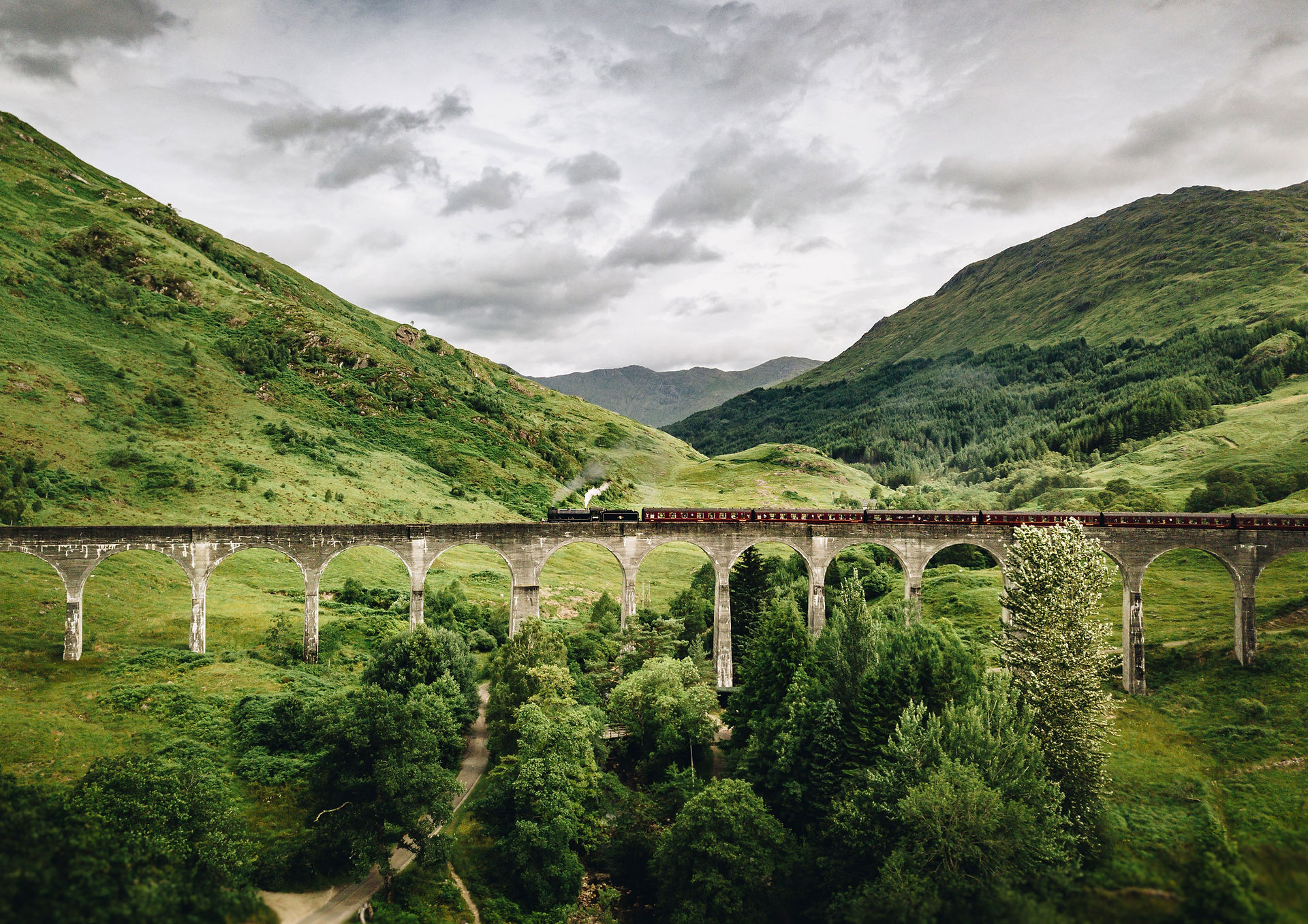


Located in Vila Nova de Gaia, to the south of the Douro River, Lavadores is a beach where the large sand of granite mass stands out.
It is a preserved site that contains a variety of geological and geomorphological features of interest, which makes it an important place for the study of the Earth.
Between the two beaches there is a very long fault that is always changing, visible by the difference in the rocks, as there are magmatic and metamorphic ones, as well as sedimentary ones.
The most visible rocks are the granites where, in this case, the diaclases (fractures) are clearly visible.
Lavadores Geosite

Did you know
A geosite is a place of lithological interest whose geological and geomorphological characteristics gave a remarkable value from a scientific and landscape point of view, and therefore its conservation its of interest.
There are several in Portugal, such as the Complexo Metamórfico da Foz do Douro.



What are these "spots" on the rocks?
They are xenoliths!
Xenoliths, also known as enclaves, are rock fragments included in another different rock and are therefore always older than the rock that contains them.
They become embedded in a rock, for example, after having solidified inside the volcanic chimney, being later dragged by lava during a new eruption.
They provide important information about the Earth's mantle and about the possible age of the rocks.


And how do these structures form in rocks?
It is an alignment of coastal "pans", which are formed by the rotational movement of sediments, which are temporarily trapped there, caused by sea waves and wind.
Over time, this movement wears down the rock and the pots increase in size.
The coastal "lunchbox" alignments, in addition to being geologically and aesthetically appealing, also lead to the creation of myths and legends.


What are these rock formations?
In the 1st image there is a formation with the name of pedunculated blocks.
Occurs when a block is constantly exposed to weathering and erosion agents, in this case sea water and wind, especially at the base of the block.
In the 2nd image we can see a type of geological landscape called chaos of blocks. This is formed by an accumulation of granite blocks that have been transported until they are arranged in a random and disorderly way, sometimes even on top of each other.
These blocks have their genesis in granite that has undergone physical weathering, usually by pressure relief, and which then undergo erosion.
Depending on the transport they were subjected to, they may be more or less rounded.
These also protect houses near the coast better than the dunes, as they are more rigid.
.png)

